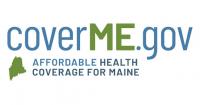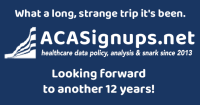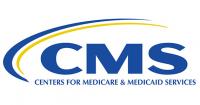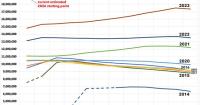Every week I send out a weekly digest, which pretty much just includes a roundup of links to everything I had published the previous week, regardless of how major or minor it was.
However, I’ve never published an annual roundup of the most significant things I wrote over the course of the year…until today.
I also wanted to thank all of my supporters, whether you’ve been following my work for years or just started to do so recently; it means a lot to me.
Speaking of which, if you find my work useful & would like to support it, you can do so in two ways:












